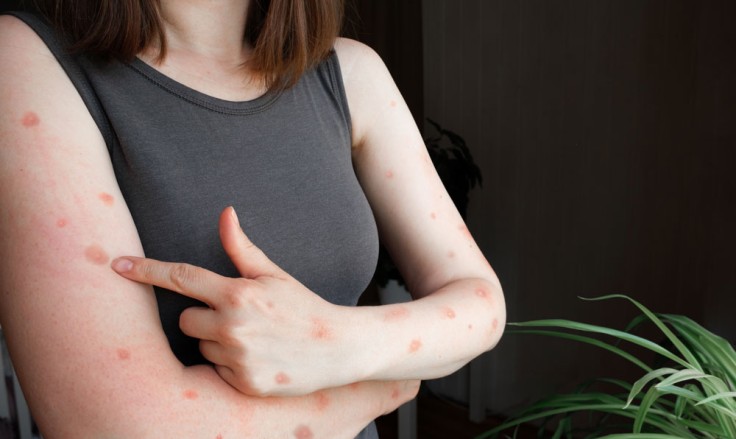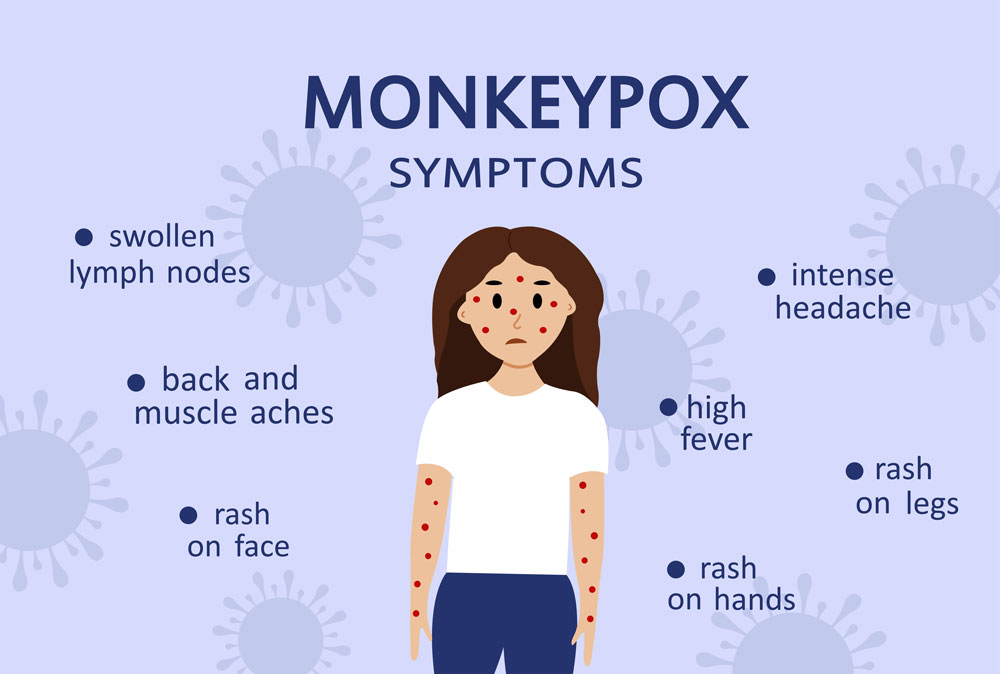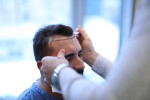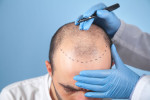Monkeypox is a rare viral disease that has gained global attention due to recent outbreaks. Although it shares some similarities with smallpox, this disease is generally less severe. Understanding the symptoms, transmission, prevention, and treatment of Monkeypox is crucial for preventing its spread. This article provides comprehensive information on everything you need to know about Monkeypox.
What is Monkeypox?
It is a viral infection caused by the Monkeypox virus, which also includes smallpox. It is a member of the Orthopoxvirus genus The disease was first identified in laboratory monkeys in 1958, hence the name. However, it is primarily spread by rodents and other small mammals. The first human case was recorded in 1970 in the Democratic Republic of Congo.
Symptoms of Monkeypox
The symptoms are similar to those of smallpox but are generally milder. They typically appear within 5 to 21 days after exposure. They can last for 2 to 4 weeks. Common symptoms include:
- Fever: One of the first signs, often accompanied by chills
- Headache: Persistent and sometimes severe
- MuscleAches: General body pain and discomfort.
- Swollen Lymph Nodes: A distinguishing feature of Monkeypox compared to smallpox
- Fatigue: Feeling extremely tired and weak
- Rash: A rash that progresses through several stages, from macules to papules, vesicles, pustules, and scabs. The rash typically starts on the face before spreading to other parts of the body
Transmission
Monkeypox can be transmitted through several means:
- Animal-to-Human Transmission: Direct contact with the blood, bodily fluids, or skin lesions of infected animals. This is particularly the case with rodents and primates.
- Human-to-Human Transmission: Close contact with respiratory secretions, skin lesions, or contaminated objects such as bedding or clothing. Transmission can occur through respiratory droplets, especially during prolonged face-to-face contact.
- Contaminated Objects: Touching objects or surfaces that have been in contact with an infected person's bodily fluids or skin lesions.
Prevention of Monkeypox
Preventing this disease involves several strategies:
- Avoid Contact with Infected Animals: Limit exposure to animals that could harbour the virus. Take particular care in regions where the disease is endemic.
- Practise Good Hygiene: Regular hand washing with soap and water, or using alcohol-based hand sanitisers.
- Use Personal Protective Equipment (PPE): Health workers and caregivers should ensure the use of PPE. This includes gloves and masks when dealing with infected individuals.
- Vaccination: The smallpox vaccine has been shown to provide some protection against Monkeypox. In some cases, it is recommended for people who are at high risk of exposure.
- Isolate Infected Individuals: Quarantining infected persons can help prevent the spread of the virus.
Treatment of Monkeypox
There is no specific treatment. The disease is generally self-limiting, meaning it resolves on its own without specific treatment. Supportive care can help manage symptoms and prevent complications:
- Antiviral Medications: While not specifically approved for monkeypox, antivirals like tecovirimat (TPOXX) may be used in severe cases.
- Pain Relief and Fever Reduction: Over-the-counter medications like acetaminophen or ibuprofen can help manage pain and reduce fever.
- Hydration: Maintaining fluid intake is important, especially if the patient has a fever or severe fatigue.
- Wound Care: Proper care of the skin lesions to prevent secondary bacterial infections.
Outbreaks and Global Impact
Monkeypox has been primarily found in Central and West African countries. However, recent outbreaks in non-endemic countries have raised global concern. This has highlighted the importance of surveillance, prompt diagnosis, and effective public health responses. These are the most vital tactics in preventing the spread of the virus.
Conclusion
Monkeypox is a rare but potentially serious viral infection. It requires awareness and preventive measures to control its spread. It is essential to understand the symptoms, modes of transmission, prevention strategies, and available treatments. With proper precautions and prompt medical care, the impact of monkeypox can be minimised. Stay informed and take the necessary steps to protect yourself and your community.
Frequently Asked Questions
Monkeypox is a viral infection similar to smallpox, caused by the monkeypox virus. It is less severe but can still cause significant health issues.
Monkeypox can be transmitted by various means. This includes contact with infected animals, human-to-human transmission or contact with contaminated objects.
Symptoms include fever, headache, muscle aches, swollen lymph nodes and fatigue. Also expect a rash that progresses through various stages.
The smallpox vaccine provides some protection against monkeypox. It may be recommended for high-risk individuals.
There is no specific treatment. Supportive care, including antiviral medications in severe cases, can help manage symptoms and prevent complications.










